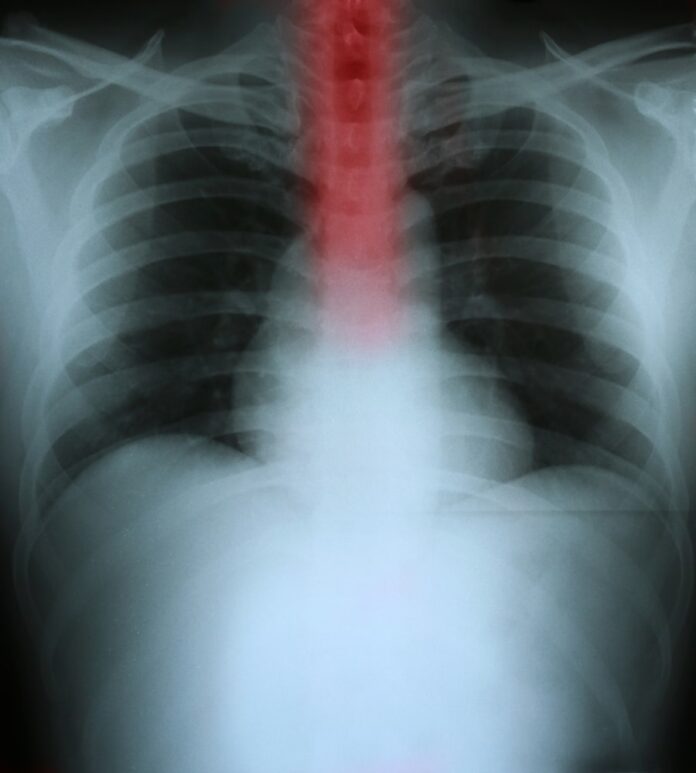Overview Of Barrett Esophagus
Barrett esophagus (BE) is a condition in which the lining of the esophagus is damaged by stomach acid. The esophagus, also known as the food pipe, connects your throat to your stomach. People with BE have a somewhat increased risk for cancer in the area involved. However, it isn’t a common occurrence.
Causes Of Barrett Esophagus
When you eat, food passes from your mouth to your stomach via the esophagus. A ring of muscle fibers in the lower esophagus keeps stomach contents from coming back up. However, if these muscles do not tightly close then caustic acid from the stomach can leak into the esophagus, resulting in acid reflux or gastroesophageal reflux disorder (GERD). Acid reflux can cause tissue damage over time, leading to the esophageal lining becoming similar to that of the stomach. Barrett esophagus tends to occur more often in men. In addition, people who have had GERD for a long time are prone to develop it.
Symptoms
The acid reflux that causes BE often presents as ‘heartburn’, though BE itself causes no symptoms.
Exams & Tests
Barrett esophagus is often found when a patient has an endoscopy for GERD symptoms. An endoscopy is a diagnostic test involving running a camera scope down the throat. During the test, tissue samples (biopsies) may be taken from different parts of the esophagus. These samples help detect the condition, as well as help look for changes that could lead to cancer. If you have Barrett esophagus, your doctor may recommend periodic follow-up endoscopies to check for cancer cells.
Treatment Of Barrett Esophagus
Treating GERD can help prevent BE, or keep it from growing worse.
Treatments may involve lifestyle changes and medicines such as:
Antacids after meals and at bedtime
Avoiding tobacco, chocolate, and caffeine
Histamine H2 receptor blockers
Proton pump inhibitors
While the above may help with symptoms of GERD, they will not make BE go away.
TREATMENT AFTER BIOPSY
If biopsies show cancerous, or pre-cancerous cells, your doctor may advise surgery or other procedures to treat it.
Photodynamic therapy (PDT) uses a special device, called an esophageal balloon, along with a medicine called Photofrin, to remove the harmful tissue from your esophagus. Other procedures use myriad types of high energy to destroy the pre-cancerous tissue. Alternatively, surgery to remove the abnormal tissue may be the best course of action.



